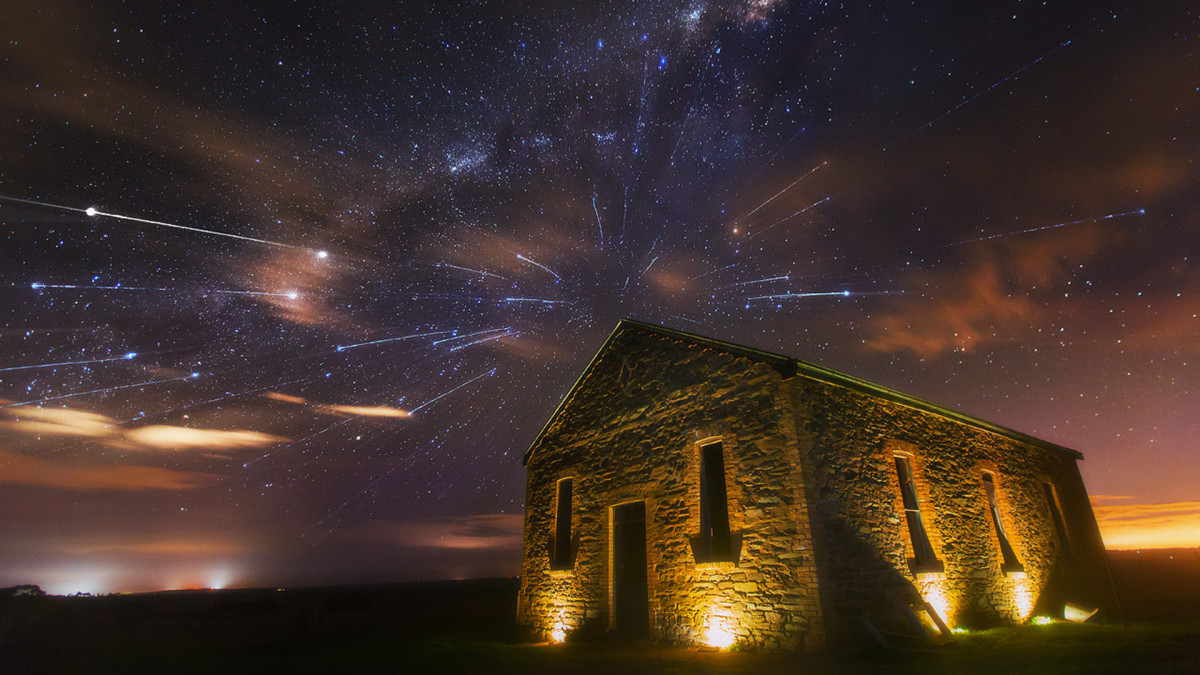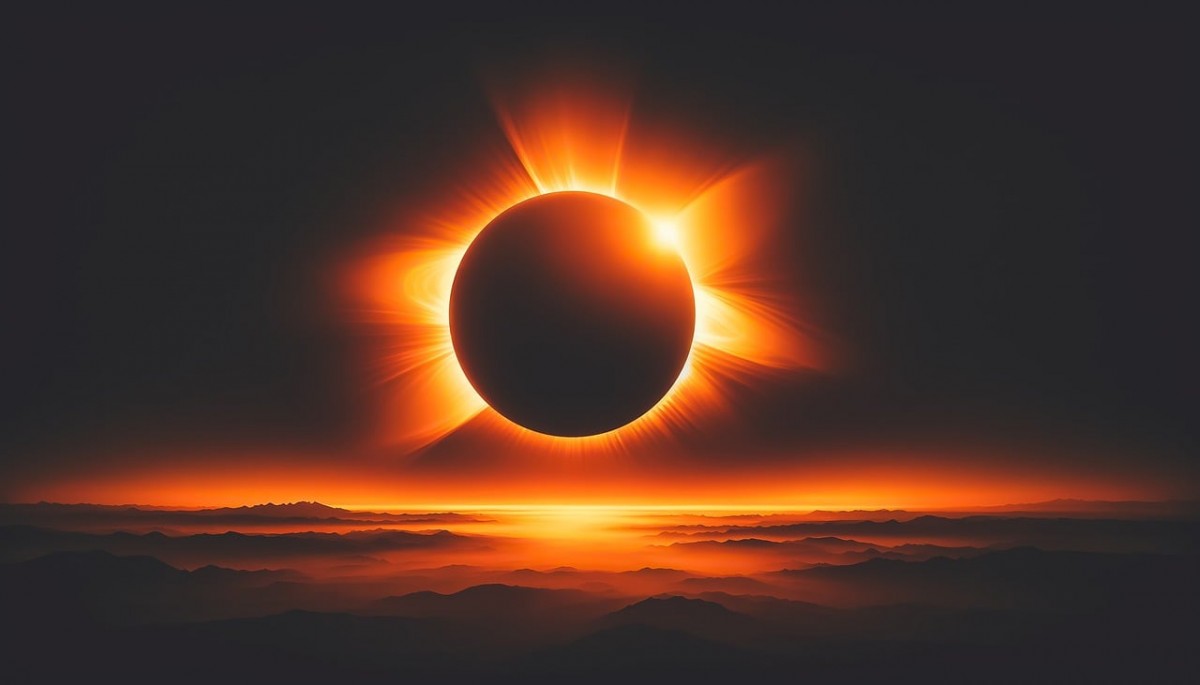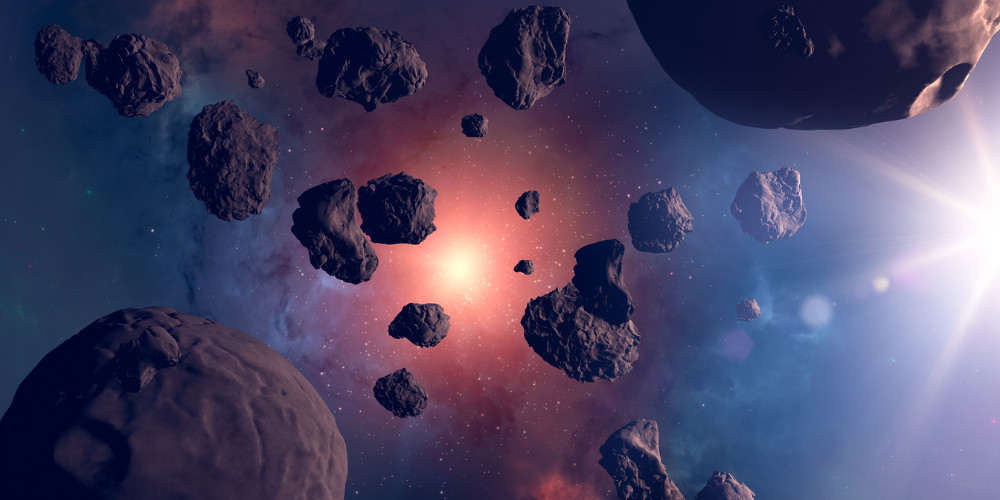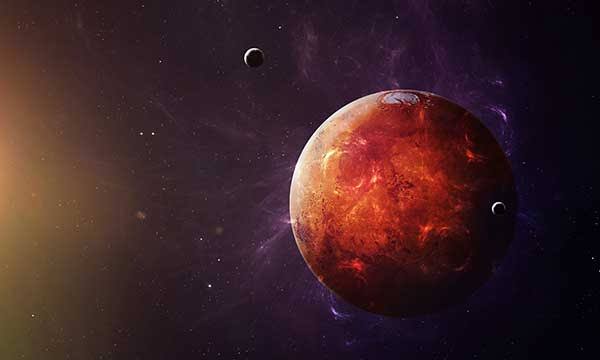The night sky has always held a special fascination for humanity, with its twinkling stars and occasional bursts of brilliance. One of the most awe-inspiring celestial events that captivates both astronomers and stargazers alike is a meteor shower. But what exactly is a meteor shower, and why do they occur? Let’s embark on a journey to unravel the mysteries of these stunning displays.
Understanding Meteors
To comprehend meteor showers, it’s essential to grasp the basics of meteors themselves. Meteors, often called “shooting stars,” are not stars at all. Instead, they are small cosmic particles, typically no larger than a grain of sand or a pebble, that enter Earth’s atmosphere at high speeds. As these particles plummet through the air, friction with the atmosphere causes them to heat up and emit a luminous streak of light. This streak is what we perceive as a meteor.
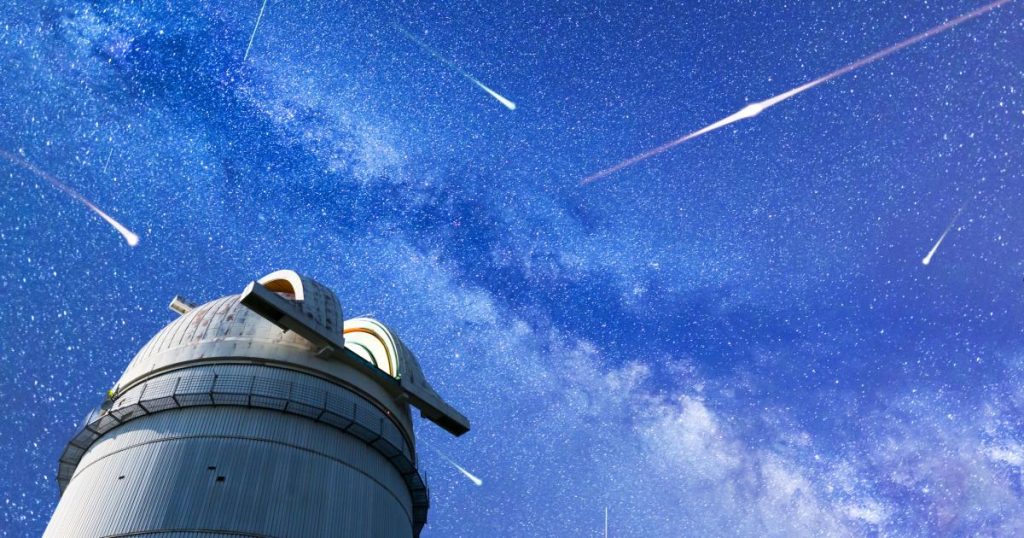
Also Read: World Post Day: Celebrating the Power of Mail in the Digital Age
Meteor Showers Defined
A meteor shower is a phenomenon where a higher number of meteors than usual appear in the night sky within a relatively short period. These showers occur when the Earth passes through the debris left behind by a comet. Comets, composed of ice and dust, shed these particles as they orbit the sun. Over time, these particles spread out along the comet’s path, forming a “meteoroid stream.”
The Role of Comets
Comets are often likened to celestial snowballs composed of ice, dust, and various volatile compounds. When a comet approaches the sun, the heat causes it to release gas and dust, forming a glowing coma and a tail. The debris from this process, called meteoroids, remains in orbit along the comet’s trajectory. When Earth intersects this debris, a meteor shower occurs.
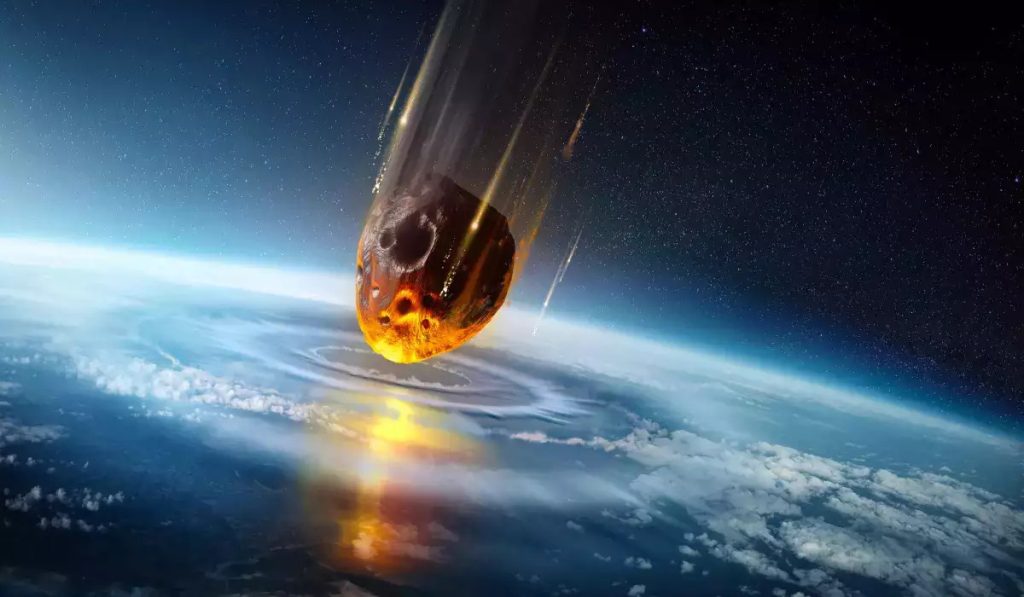
Also Read: A Chronicle of India’s Postal Heritage: From Ancient Roots to Modern Efficiency
Meteor Shower Names and Origin
Meteor showers are typically named after the constellation from which they appear to radiate, known as the radiant point. For instance, the Perseid meteor shower radiates from the Perseus constellation, while the Geminid meteor shower has its radiant in Gemini.
The Annual Meteor Calendar
Throughout the year, several meteor showers grace the night sky. Some are more prominent and reliable, while others are faint and sporadic. Notable meteor showers include the Perseids in August, the Geminids in December, and the Draconids, which make an appearance in October, among others.
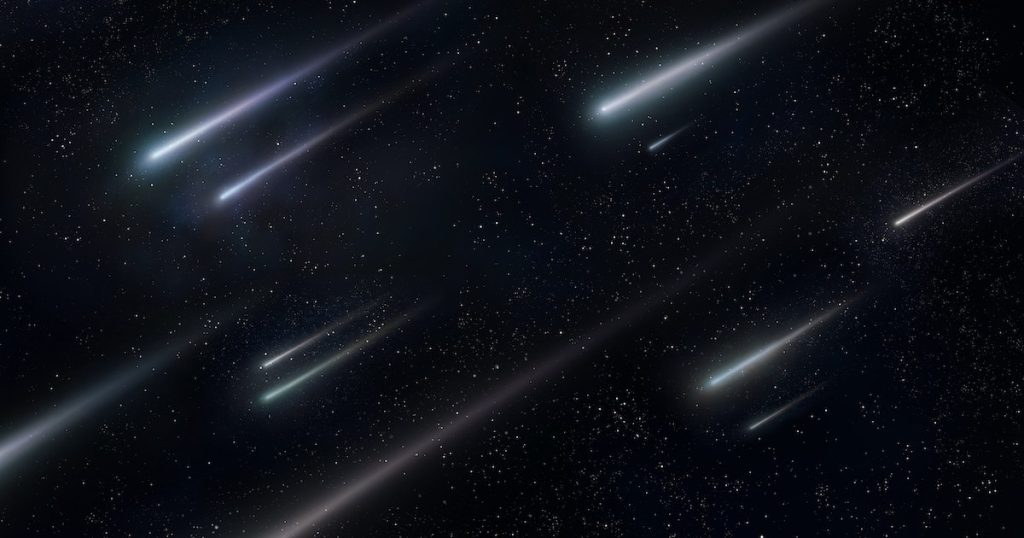
Meteor Shower Viewing Tips
Observing a meteor shower is a relatively simple and awe-inspiring experience. Find a location away from city lights, bring a comfortable chair or blanket, and be patient. The best time to view a meteor shower is during its peak, typically in the pre-dawn hours when the sky is darkest.
Meteor showers offer a captivating glimpse into the wonders of our universe. They remind us of the dynamic interactions between Earth, comets, and the cosmos. So, the next time you spot a meteor streaking across the night sky, take a moment to appreciate the celestial spectacle and the intricate dance of celestial bodies that make it all possible.







